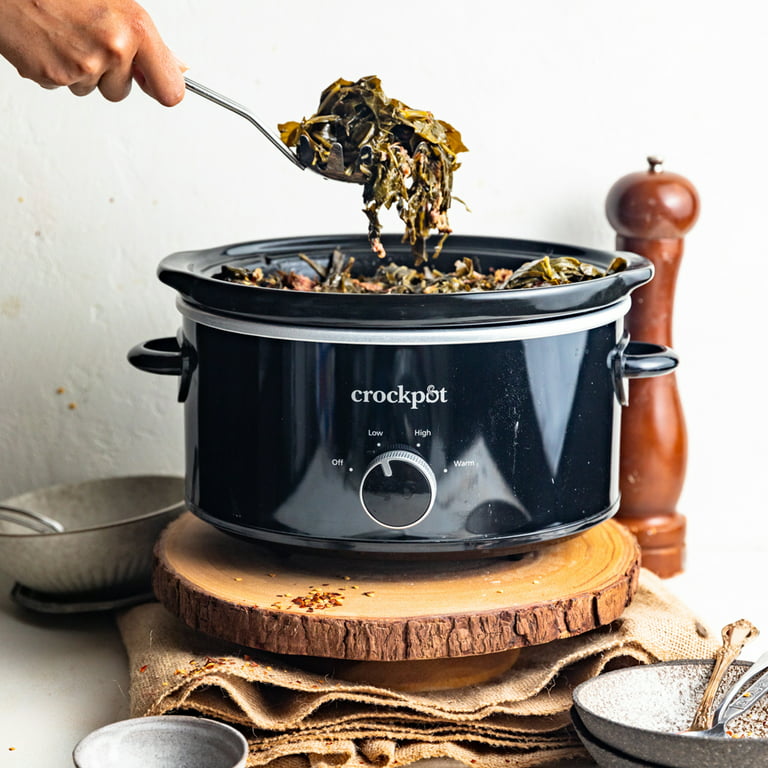Welcome back to TheKitchenApplianceDad.com, where we dive into the nitty-gritty of kitchen appliances to make your cooking experiences smoother and more efficient. Today, we’re addressing a question that pops up occasionally among home cooks and Crock Pot enthusiasts: Can you put a Crock Pot on the stovetop? This is a crucial topic, as understanding the limitations and proper usage of your Crock Pot can prevent accidents and damage to your appliance. So let’s get into the details.
Before we answer the main question, let’s break down what a Crock Pot consists of:
The base of a Crock Pot is the heating element. This is where the electrical components reside, and it’s designed to generate and circulate heat evenly when plugged in. The base should never come into contact with high heat sources like a stovetop flame or electric burner.
Also known as the insert or pot, this is the container in which you place your food. It’s typically made of ceramic or porcelain and sits snugly inside the heating base. It’s crafted to withstand the low and slow heat generated by the base but not direct heat from a stovetop.
Usually made of glass, the lid seals in moisture and heat. It’s crucial for the slow cooking process but is not designed to handle the direct, intense heat of a burner.

The short answer is no. Let’s delve into why this is not recommended:
In recent years, multi-functional cookers have become popular. These devices may look like traditional Crock Pots but have inserts designed for stovetop use. Always check the manufacturer’s instructions to ensure you’re using the appliance correctly. If the insert is stovetop-safe, it will be clearly stated.
For example, the Instant Pot’s inner pot is stovetop-safe for most models because it’s made of stainless steel. However, it’s crucial to note that not all slow cookers are created equal, and what applies to one brand or model may not apply to another.
If you’re looking to sear meat or sauté vegetables before slow cooking, here’s what you can do:
The safest and most straightforward method is to use a separate skillet or pan on the stove for searing or sautéing. Once done, transfer the contents into your Crock Pot to continue slow cooking.
Some modern slow cookers come with built-in sauté functions, allowing you to brown or sear ingredients directly in the insert using the cooker’s base. This eliminates the need for a stovetop altogether.
If this feature is important to you, consider investing in a multi-cooker that can sauté, sear, and slow cook all in one pot. This can streamline your cooking process and reduce cleanup.
To keep your Crock Pot in top condition, follow these care tips:
Crock Pots are invaluable for their convenience and ability to turn out delicious, home-cooked meals with minimal effort. However, taking care of your appliance and understanding its limitations is crucial for both safety and longevity. Here’s a summary of the key points we’ve covered:
In summary, while it might be tempting to use your Crock Pot insert on the stovetop for the sake of convenience, it’s not worth the risk. Stick to the safe practices and consider investing in appliances that suit all your cooking needs if necessary. Remember, TheKitchenApplianceDad.com is here to guide you through the dos and don’ts of kitchen appliance usage, ensuring that you cook with confidence and safety. Keep these tips in mind, and you’ll be enjoying your Crock Pot meals for years to come.

